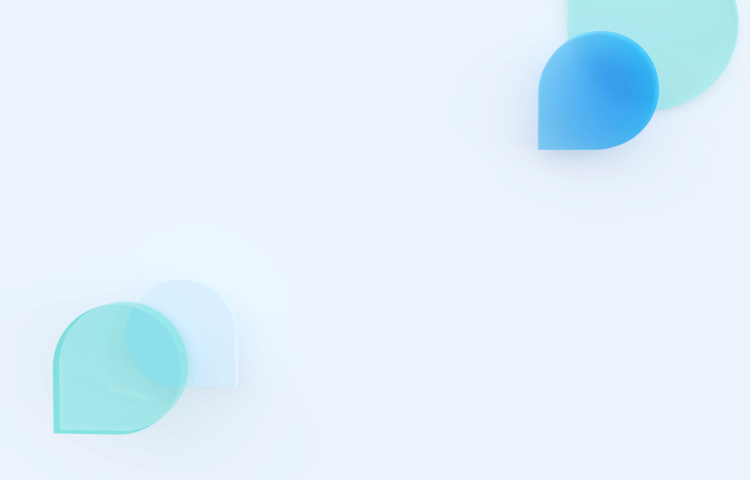
Curtain production software can be named in English as "CurtainMaster," "DrapeDesigner," or "CurtainCraft." These names emphasize efficiency, creativity, and professionalism. "CurtainMaster" suggests a comprehensive tool for mastering curtain production.
I、THE IMPORTANCE OF CURTAIN PRODUCTION SOFTWARE
Curtain production software plays a crucial role in the modern textile and interior design industry. This type of software streamlines the entire process, from design to manufacturing, ensuring that companies can maintain high standards of quality while reducing production time and costs. Efficiency, accuracy, and customization are the primary benefits. Efficiency is achieved through automation of repetitive tasks, which allows designers and manufacturers to focus on more creative and complex aspects of the project. This efficiency not only speeds up production but also reduces labor costs significantly.
II、FEATURES OF CURTAIN PRODUCTION SOFTWARE
A robust curtain production software package typically includes several key features. Design tools, material management, order tracking, and pattern creation are fundamental. Design tools allow users to create detailed and precise curtain designs with a variety of styles, textures, and colors. These tools often include CAD (Computer-Aided Design) capabilities for intricate and accurate designs. Material management ensures that the right fabrics, linings, and accessories are available when needed, which minimizes delays and reduces waste. Order tracking helps keep the production process organized by monitoring the status of orders from initial design to final delivery, ensuring that deadlines are met and customers are kept informed. Pattern creation tools enable users to develop custom patterns that can be repeated across multiple curtain designs, adding uniqueness to each product.
III、BENEFITS OF USING CURTAIN PRODUCTION SOFTWARE
The benefits of using curtain production software are extensive. Time-saving, cost reduction, enhanced creativity, and improved accuracy are some of the most significant advantages. By automating many aspects of the curtain production process, companies can save a considerable amount of time, allowing them to take on more projects and increase their overall productivity. Cost reduction is achieved through efficient use of materials and labor, as well as minimizing errors that can lead to costly rework. Enhanced creativity is facilitated by the software’s design tools, which allow designers to experiment with different styles and patterns easily. Improved accuracy is another major benefit, as the software can ensure precise measurements and cuts, reducing the likelihood of mistakes.
IV、TYPES OF CURTAIN PRODUCTION SOFTWARE
There are various types of curtain production software available, each catering to different aspects of the production process. Design software, manufacturing software, and integrated ERP systems are the main categories. Design software focuses on the creative aspect, providing tools for developing curtain styles and patterns. Manufacturing software is more concerned with the practical side of production, managing tasks such as cutting, sewing, and assembly. Integrated ERP (Enterprise Resource Planning) systems combine both design and manufacturing features, offering a comprehensive solution that covers the entire production process from start to finish. These systems are particularly beneficial for larger companies that need to coordinate multiple departments and processes.
V、CHOOSING THE RIGHT CURTAIN PRODUCTION SOFTWARE
Selecting the appropriate curtain production software depends on several factors, including the size of the business, the complexity of the projects, and specific requirements. Scalability, user-friendliness, compatibility, and customer support are critical considerations. Scalability is important because the software should be able to grow with the business, accommodating increasing workloads and more complex projects over time. User-friendliness ensures that the software is accessible to all team members, reducing the learning curve and increasing productivity. Compatibility with existing systems and tools is also crucial, as it allows for seamless integration and avoids disruptions to the workflow. Finally, robust customer support is essential to address any issues that may arise and ensure that the software continues to meet the company’s needs.
VI、IMPLEMENTING CURTAIN PRODUCTION SOFTWARE
Implementing curtain production software involves several steps. Assessment, training, integration, and evaluation are key phases. The assessment phase involves identifying the specific needs of the business and selecting the software that best meets those requirements. Training is crucial to ensure that all team members are proficient in using the new software, which can involve both initial training sessions and ongoing support. Integration involves incorporating the software into existing workflows and systems, which may require technical adjustments and process changes. Evaluation is an ongoing process to monitor the software’s performance, gather feedback, and make necessary adjustments to optimize its use.
VII、CASE STUDIES OF SUCCESSFUL IMPLEMENTATION
Several companies have successfully implemented curtain production software to enhance their operations. Company A, Company B, and Company C serve as illustrative examples. Company A, a medium-sized curtain manufacturer, integrated an ERP system that combined design and manufacturing tools. This integration resulted in a 30% reduction in production time and a 20% increase in customer satisfaction due to improved order accuracy and timely delivery. Company B, a small design studio, adopted a design-focused software package that allowed them to create more intricate and customizable curtain designs. This adoption led to an increase in high-end clientele and a 25% boost in revenue. Company C, a large-scale production facility, implemented a manufacturing software solution that optimized material usage and automated many aspects of the production process. This optimization reduced material waste by 15% and labor costs by 10%, leading to significant cost savings.
VIII、FUTURE TRENDS IN CURTAIN PRODUCTION SOFTWARE
The future of curtain production software is likely to be shaped by several emerging trends. Artificial intelligence, cloud-based solutions, and sustainability are poised to have a significant impact. Artificial intelligence (AI) can enhance design tools by providing predictive analytics and automated design suggestions, making the creative process more efficient and innovative. Cloud-based solutions offer flexibility and accessibility, allowing team members to collaborate remotely and access the software from anywhere. This flexibility is particularly valuable in a world where remote work is becoming increasingly common. Sustainability is another critical trend, with software developers focusing on tools that help companies reduce their environmental impact. This focus includes features that optimize material usage, minimize waste, and track the carbon footprint of production processes.
IX、CHALLENGES IN ADOPTING CURTAIN PRODUCTION SOFTWARE
While the benefits of curtain production software are clear, there are also challenges that companies may face in adopting these tools. Cost, resistance to change, technical issues, and data security are common obstacles. The initial cost of purchasing and implementing the software can be significant, particularly for smaller businesses with limited budgets. Resistance to change is another challenge, as team members may be accustomed to traditional methods and reluctant to adopt new technology. Technical issues can arise during the integration process, requiring additional time and resources to resolve. Data security is a critical concern, as the software will often handle sensitive information related to designs, materials, and customer orders. Ensuring that the software has robust security measures in place is essential to protect this data.
X、CONCLUSION
Curtain production software is an invaluable tool for companies in the textile and interior design industry. Efficiency, accuracy, customization, and future readiness are the key benefits that make these tools essential for modern curtain production. By carefully selecting and implementing the right software, companies can significantly enhance their operations, reduce costs, and improve customer satisfaction. As technology continues to evolve, staying ahead of trends and addressing challenges proactively will ensure that businesses remain competitive and successful in this dynamic industry.
相关问答FAQs:
What are some popular software for curtain production in the market?
There are several popular software options for curtain production in the market. Some of the well-known ones include Optitex, Lectra, Tukatech, and Gerber Technology. These software solutions are designed to streamline the process of curtain production, from design to manufacturing, and offer features such as pattern making, virtual prototyping, and cutting optimization.
How can curtain production software benefit manufacturers?
Curtain production software offers a range of benefits to manufacturers. Firstly, it allows for more efficient and accurate pattern making, reducing the likelihood of errors and minimizing waste. Secondly, these software solutions enable virtual prototyping, which can help designers visualize the final product before manufacturing, saving time and resources. Additionally, curtain production software often includes cutting optimization features, which can improve material utilization and reduce costs.
What should manufacturers consider when choosing curtain production software?
When choosing curtain production software, manufacturers should consider several factors. Firstly, they should assess their specific needs and requirements, such as the size of their operation and the complexity of their designs. It's also important to consider the ease of use and learning curve of the software, as well as the level of customer support and training offered. Additionally, manufacturers should look for software that integrates well with other tools and systems they use in their production process.
原创文章,作者:admin,如若转载,请注明出处:https://www.jiandaoyun.com/blog/article/410039/




